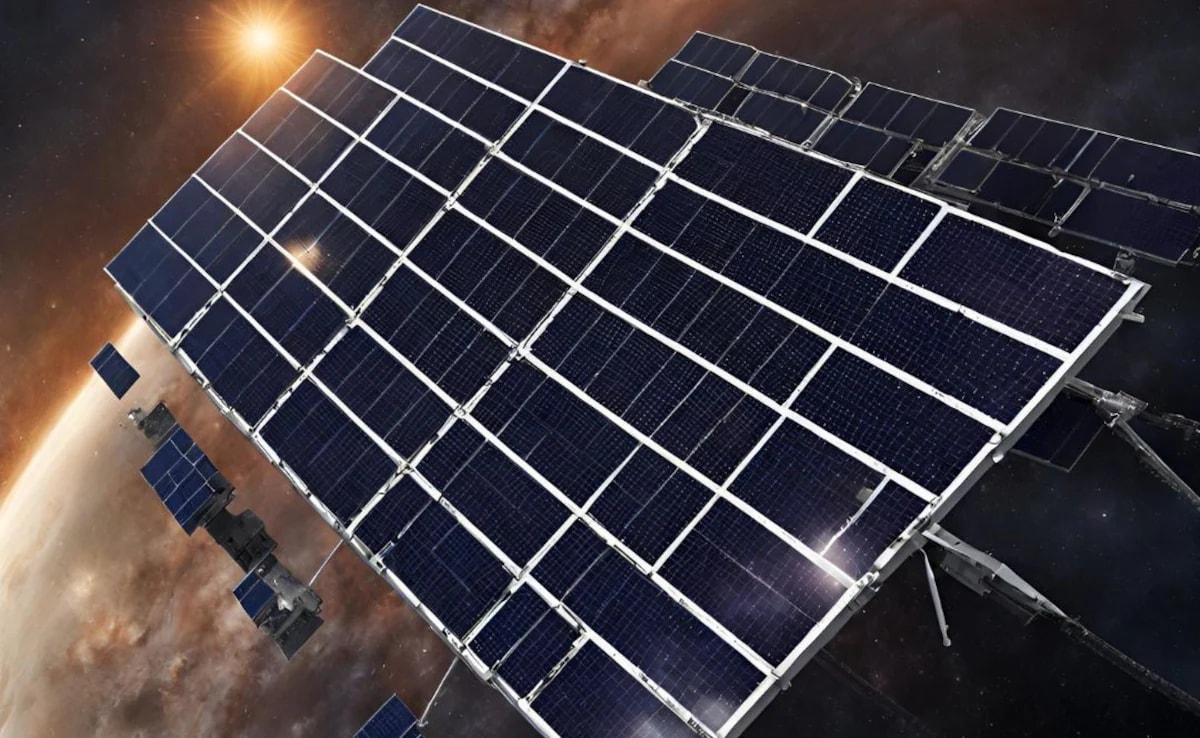
Researchers claim solar farms in space are commercially viable.
Scientists have been working tirelessly to find new ways to get clean energy. Their relentless pursuit has finally paid off with a groundbreaking development: the deployment of solar panels in space. This innovative approach promises to revolutionise our access to sustainable power, presenting a potential game-changer for our planet’s energy needs.
According to new research from the Universities of Surrey and Swansea, it’s viable to produce low-cost, lightweight solar panels that can generate energy in space. The first study of its kind followed a satellite over six years, observing how the panels generated power and weathered solar radiation over 30,000 orbits. The findings could pave the way for commercially viable solar farms in space. The satellite was built by the Surrey Space Centre with the help of young engineers from the Algerian Space Agency.
“We are very pleased that a mission designed to last one year is still working after six. These detailed data show the panels have resisted radiation, and their thin-film structure has not deteriorated in the harsh thermal and vacuum conditions of space. This ultra-low-mass solar cell technology could lead to large, low-cost solar power stations deployed in space, bringing clean energy back to Earth, and now we have the first evidence that the technology works reliably in orbit. Professor Craig Underwood, Emeritus Professor of Spacecraft Engineering, Surrey Space Centre, University of Surrey,” Professor Craig Underwood, Emeritus Professor of Spacecraft Engineering, Surrey Space Centre, University of Surrey, said.
As per a news release, researchers at the University of Swansea have developed new solar cells from cadmium telluride. These cells are larger, lighter, and more efficient than current technology, and they are also relatively cheap to make.
Scientists at the University of Surrey designed instruments to measure the performance of these cells in orbit. The satellite that carried the cells was designed and built at the Surrey Space Centre with the help of trainee engineers from the Algerian Space Agency. Although the cells’ power output decreased over time, the researchers believe that their findings prove that solar power satellites are possible and could be commercially viable.
“The successful flight test of this novel thin-film solar cell payload has leveraged funding opportunities to further develop this technology. Large-area solar arrays for space applications are a rapidly expanding market, and demonstrations such as this help to build on the UK’s world-class reputations for space technology,” said Dr Dan Lamb, University of Swansea.




